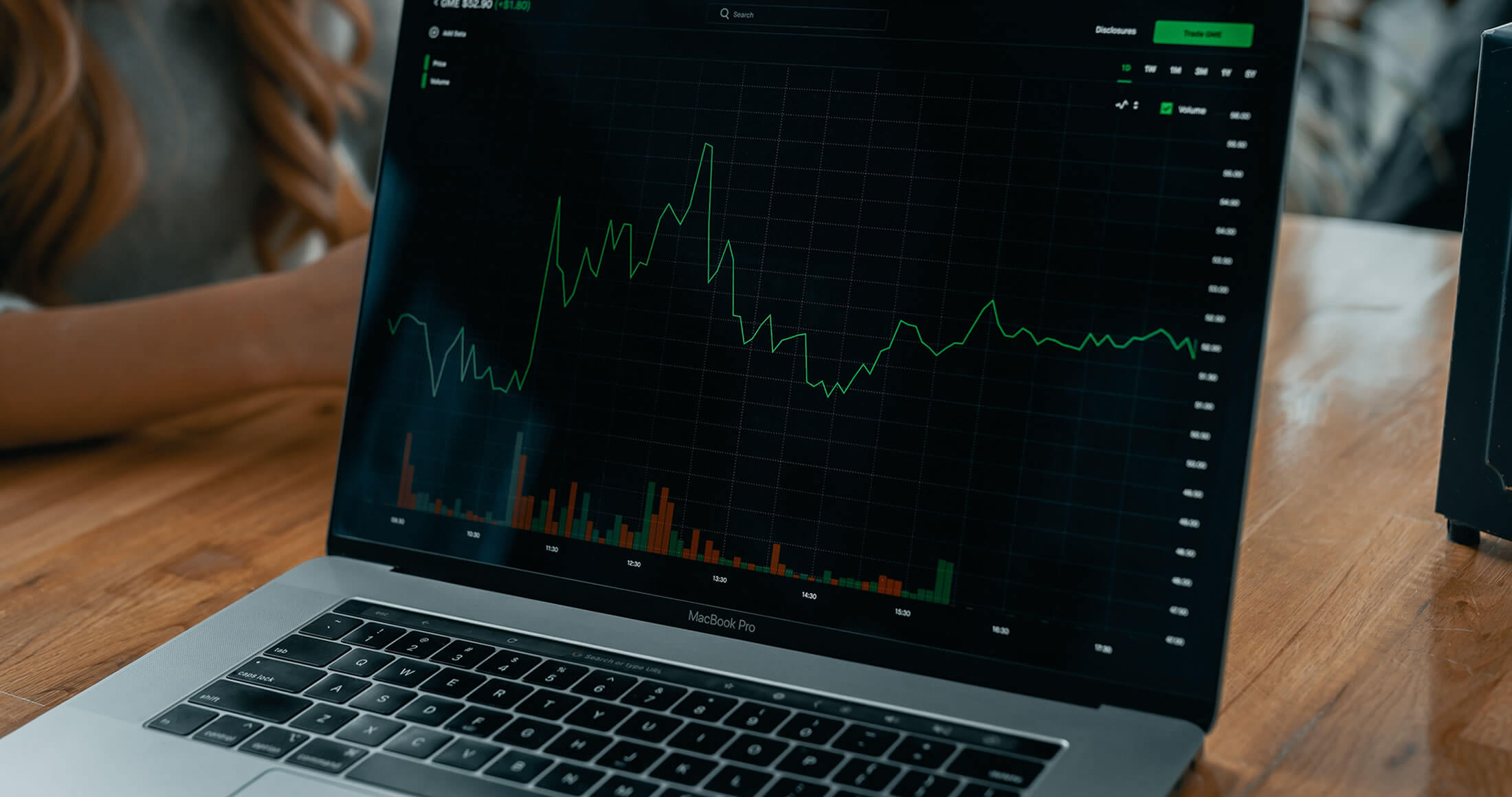
Bear market: a period where stocks are returned to their rightful owners.
The market doesn’t like uncertainty, and unfortunately, we have an abundance of it. All eyes are on Federal Reserve Chairman Jerome Powell on how deftly he can rein in inflation while steering clear of a recession. Sentiment recently improved a touch after a survey released by the University of Michigan showed that long-term consumer inflation expectations have eased a bit. That, along with long-term forces (e.g., lower investment portfolio values, higher mortgage and auto loan rates) tend to dampen consumers’ enthusiasm to spend, which may reduce inflation threats even further. The hope is for a more dovish interest rate policy from the Fed where rates continue to rise (as expected), but at a less aggressive cadence. Put bluntly, this has been a dismal quarter for stocks. But as counter intuitive as it may seem, equity returns in each of the past six tightening cycles have been positive. Similarly, though investor sentiment is at an all-time low, history shows this kind of extreme pessimism to be a somewhat reliable contrary indicator that often precedes positive equity returns. While the threat of a recession is certainly present, even St. Louis Fed President James Bullard, considered by many to be the most hawkish of the Fed officials, said those worries are overblown. The only other time U.S. stocks had such a lousy first half of the year, the market rebounded in the second half to end with a modest gain overall. While we acknowledge this provides no predictive certitude, there is at least precedent.
Since 1980 there have been six recessions and as many bear markets. Over this 42-year time frame, the U.S. economy has been in expansion nearly 90% of the time and the total return for the S&P 500 Index has compounded at over 11.5% annually. After a very amiable 2021 where stock returns were high and volatility was low, 2022 has reminded us that the higher returns from stocks in the long run are compensation for the ever-present risk of losses—sometimes meaningful—in the short run. We recommend having at least 12 months or so of cash on hand. That should carry one through a recession and/or bear market (which both, on average, have historically lasted about 10 months), without being forced to sell stocks at an inopportune time to meet their living needs.
As a result of this year’s weakness, the S&P 500 is trading at less than 16x forward earnings (down from over 21x at the beginning of the year), which is below its 25-year average. And while the increased cost of gas and food is having a real impact on many, consumers are still generally in good financial shape. After several rounds of government relief and a sharp reduction in discretionary spending over the past several years, families’ cash positions are holding up well and their debt levels are historically low. This dynamic is broad based across socio-economic and racial demographics. Therefore, the sort of belt tightening that would typically accompany an economic slowdown may not be in place.
Arguably, one reason for the incredible volatility this year is due to retail investors who were courted into speculation over the last two years. Speculating in abstract assets is nothing new. In the 17th century it was Dutch tulips, where a single bulb of the most coveted flower could have bought a mansion in one of Amsterdam’s wealthiest districts. In the 1990s we witnessed the boom and bust of Beanie Babies, where stuffed animals that retailed for around $5, were selling for well over $100,000 in some cases. And of course, dot-com stocks, that were selling for their anticipated innovation because most of them had no sales or earnings on which to otherwise base their value. Collateralized debt obligations were the speculative vehicle of the time during the Great Recession. And presently, we have cryptocurrency, whose practical use is still in question.
At Harris Associates we are not sure how one assesses the intrinsic value of cryptocurrencies (of which there are more than 19,000—it’s not just Bitcoin) other than the hope that someone else will eventually pay more for them. And at four to five times the volatility of equities coupled with the inability to transact with it in any kind of meaningful way, its adherents’ claims that it is a store of value and medium of exchange ring hollow, at least as of this writing. There is significant risk for someone to accept “crypto” in a transaction when they can have no reasonable expectation of what it will be worth in the next few months, let alone in the next few days or hours, for that matter. As we frequently get asked about “crypto” from clients, our response and knowledge of the subject are likely underwhelming. We just don’t understand how it is valued and have yet to hear any framework that resonates with our way of thinking. When Bitcoin declines by over 70%, as has been the case from its November 2021 peak, what is it based on? And more importantly for investors, how does one go about evaluating whether the sell-off is overdone or not? One can replace cryptocurrencies with NFTs (non-fungible tokens) or SPACs (Special Purpose Acquisition Companies), and our commentary is changed little, if at all.
This year has clearly illustrated that traditional, fundamentally sound companies’ stocks can go down as well and sometimes by a lot. Our portfolios have not been immune to some of those, unfortunately. But when that happens, we have a process to gauge what the market is discounting so we can come to a conclusion as to its investment merit. We employ a rigorous, quantifiable and repeatable process to assess current data and arrive at dispassionate buy/sell decisions based on that analysis.
For example, the stock of Alphabet (the parent company of Google), which we view as one of the most dominant companies in the world, is down over 20% this year. We look at the company as a combination of businesses, including search, YouTube, the Android operating system, and Waymo (their autonomous driving business), amongst others—not to mention a massive amount of cash on their balance sheet. According to our analysis and despite their faster than average growth, the search business plus YouTube combined is selling for a roughly 25% discount to the price/earnings multiple of the S&P 500. The implication is that these industry leading businesses are being valued at far less than just the average company in the S&P 500. This does not seem rational to us.
Famed investor, the late Benjamin Graham1, is quoted as saying:
The processes by which the securities market arrives at its appraisals are frequently illogical and erroneous. These processes are not automatic or mechanical but psychological, for they go on in the minds of people who buy and sell.
Another way we look at Alphabet is at less than $2,200 per share, we feel we are paying for their search business and getting all these other valuable pieces for free. If our analysis is correct, not a whole lot has to go right at Alphabet for its stock to appreciate from these levels. For all companies in which we invest, we follow a similar process, where we focus on long-term business value, with the expectation that over time the stock price will accurately reflect the economics of the company.
Every market decline has its own unique precipitating causes. The current episode is likely a response to the continued conflict in Ukraine coupled with record inflation and how the Federal Reserve will respond to it. We cannot predict how quickly these issues will be remedied or when the market will rebound. But for long-term investors, capitulation to a bear market by fleeing equities has often proven to be a decision in which their long-term wealth accumulation may be severely impaired. U.S. stocks appreciate approximately 75% of the time in any given year, and well over 90% of the time when looking across 5, 10, and 20 years. The past has shown that one of the best ways to compound long-term wealth involves riding out the occasional declines, as uncomfortable as those may be. Environments where there is panic selling can provide bargains where fundamentally sound companies become inexplicably cheap. Our process at Harris Associates allows us to identify these opportunities and our multi-year investment horizon affords us the flexibility to be patient while the theses play out.
As always, we thank you for entrusting us with your investment assets and your continued support. Lastly, the best compliment we can receive is a referral from a satisfied client. We appreciate your referrals and handle them with the utmost of care.
1The Grandfather of Behavioural Investing https://www.albertbridgecapital.com/post/the-grandfather-of-behavioural-investing
The S&P 500 Total Return Index is a float-adjusted, capitalization-weighted index of 500 U.S. large-capitalization stocks representing all major industries. It is a widely recognized index of broad, U.S. equity market performance. Returns reflect the reinvestment of dividends. This index is unmanaged and investors cannot invest directly in this index.
Past performance is no guarantee of future results. Current performance may be lower or higher than the performance data quoted. The gross performance presented does not reflect the deduction of investment advisory fees. All returns reflect the reinvestment of dividends and capital gains and the deduction of transaction costs. The client’s return will be reduced by the advisory fees and other expenses it may incur in the management of its account. The advisory fee, compounded over a period of years, will have an adverse effect on the value of the client’s portfolio.
Certain comments herein are based on current expectations and are considered “forward-looking statements”. These forward looking statements reflect assumptions and analyses made by the portfolio managers and Harris Associates L.P. based on their experience and perception of historical trends, current conditions, expected future developments, and other factors they believe are relevant. Actual future results are subject to a number of investment and other risks and may prove to be different from expectations. Readers are cautioned not to place undue reliance on the forward-looking statements.
The information, data, analyses, and opinions presented herein (including current investment themes, the portfolio managers’ research and investment process, and portfolio characteristics) are for informational purposes only and represent the investments and views of the portfolio managers and Harris Associates L.P. as of the date written and are subject to change without notice. This content is not a recommendation of or an offer to buy or sell a security and is not warranted to be correct, complete or accurate.
Investing in value stocks presents the risk that value stocks may fall out of favor with investors and underperform growth stocks during given periods.





